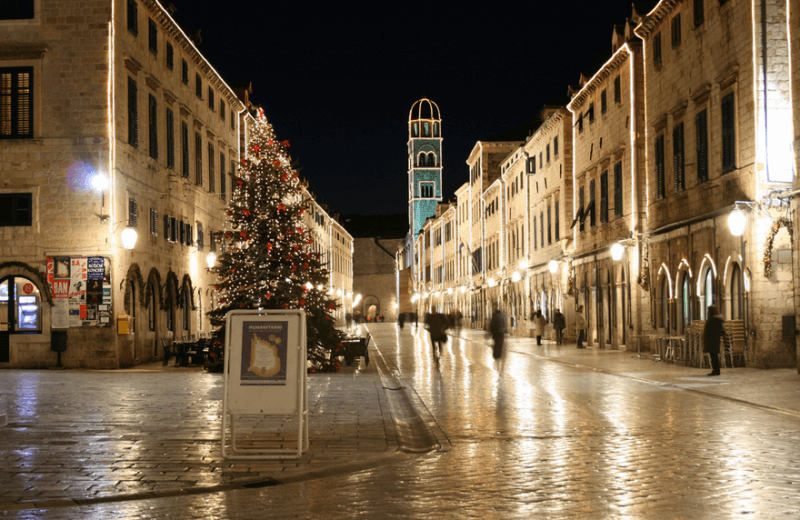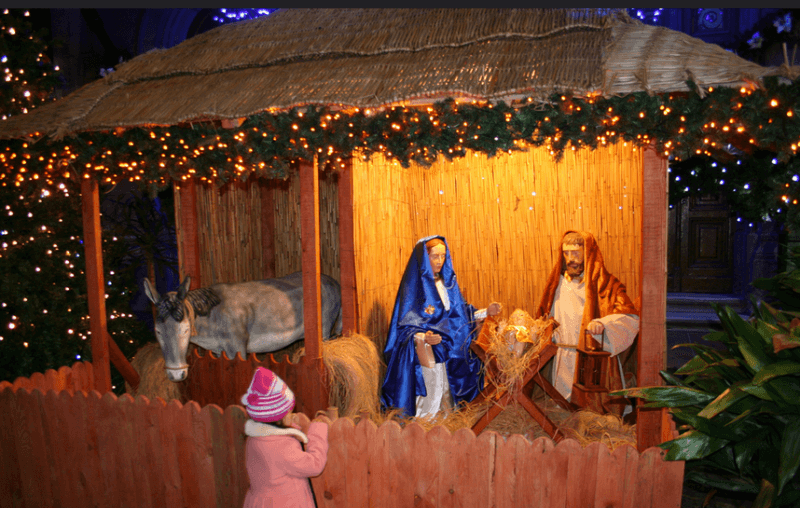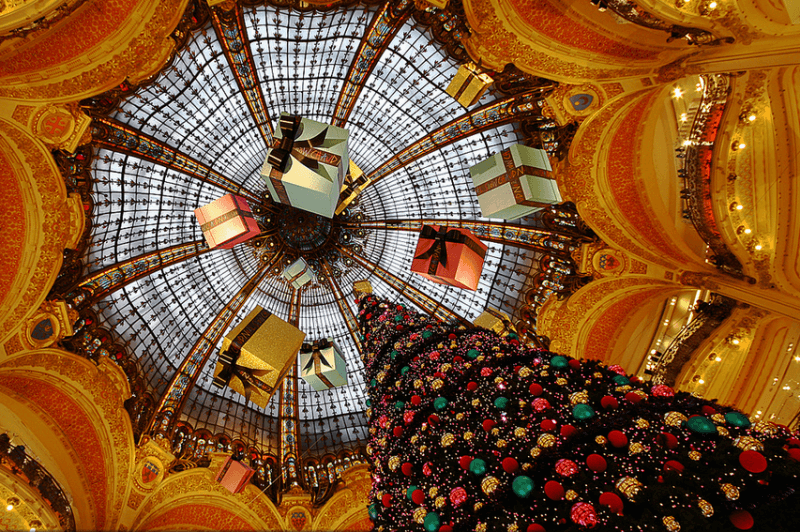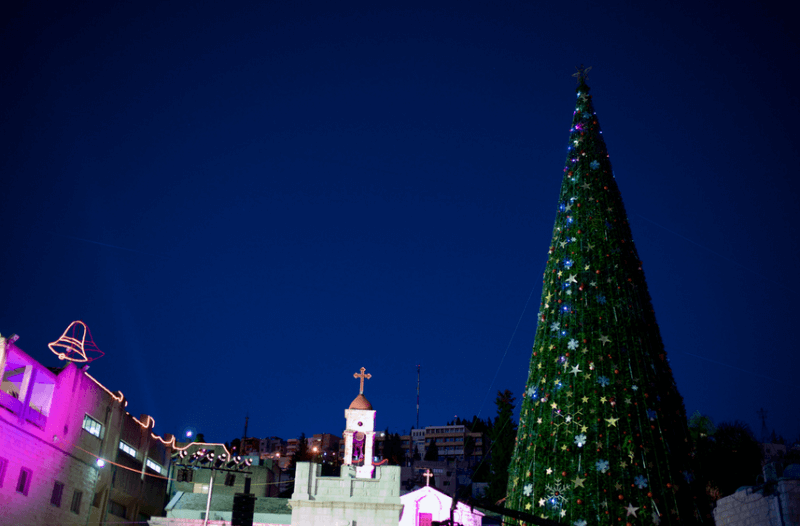Christmas in Hungary
Rating: 8,3/10 (1404 votes) 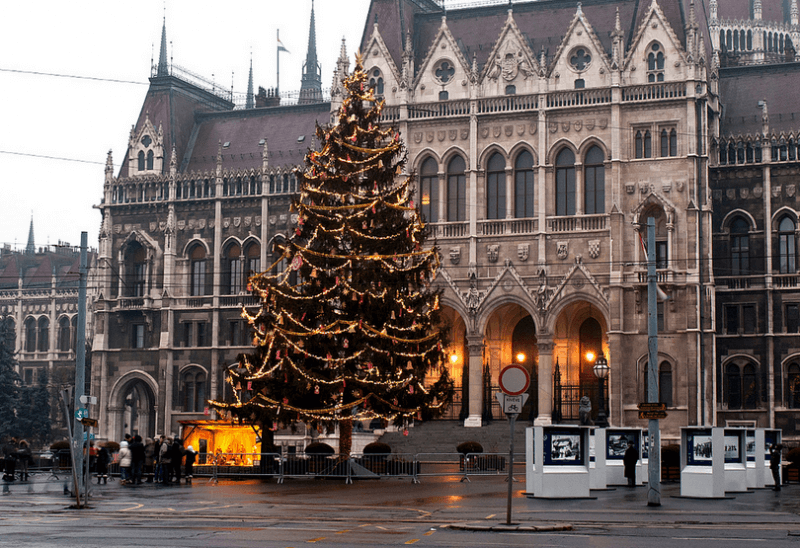 Hungary one of the Catholic countries of Eastern Europe with unique cultural traditions and attitudes towards religion. Despite the advanced views in art and social activities, Hungarians remain a very devout people to this day, and it is literally accepted by the whole world to celebrate Christmas in Hungary. Preparation for the holiday takes more than a month. Even in the old days, fairs, festivals and performances by artists and musicians were held in all squares of Hungarian cities since the beginning of December. Since the first days of winter, the Magyars have been counting down the time for the main holiday of the year. In part, the traditions of classic Christmas in Hungary have survived to this day. The modern rhythm of life does not allow you to go on long vacations, but several important days in the country are revered in a special way.  Christmas table Christmas traditions in Hungary December 13 The so-called Advent month before Christmas or Catholic Nativity Fast starts 4 weeks before the holiday. Its conditional middle, December 13, is celebrated in Hungary by many inhabitants. This day is considered to be Day of the Apostle Luke. It is the Gospel of Luke that is considered the canonical biography of Jesus Christ in Hungary, therefore Christmas festivities are often connected with the name of this saint. Until the end of the 19th century, this day was a public holiday in Hungary, men were forbidden to work for St. Luke. Women were not even allowed to do household chores especially to weave, spin and embroider. Until now, many Hungarian settlements have preserved a good tradition of to make chairs on this day. Regardless of the type of activity, Luke's chair must be made by the owner of the house with his own hand. Term of work before Christmas Eve, because of this, the Magyars had a proverb:"Do as long as Luke's chair." Important: A very popular fortune-telling is associated with the chair of Luke among the Hungarians. To find out if evil spirits have settled in the house, you need to stand on this chair at Christmas midnight and look around the room. If the shadow of an evil spirit appears at the festive table, you need to take the chair out into the street and burn it. Then the house will be considered cleared of evil spirits. Divination this is one of the important traditions of December 13th in Hungary. For Christmas itself in this country, you can only guess in exceptional cases, so superstitious Hungarians do everything in advance. The most popular type is this is a female fortune telling on paper balls. Before you fold a piece of paper, you need to write a man's name on it. The more of these balls with different names, the `` more accurate '' the forecast is considered. After that, all the balls must be thrown into a saucepan with cold water, and put everything on the stove. The first balloon that floated up in the boiling water will say the name of the future husband. December 24 Christmas Eve, December 24 , in Hungary this is the time of preparation for the main part of the holiday Christmas dinner. Since at this time there is still a Catholic fasting, the menu on each table will be very specific. On the table, according to the tradition of this country, there must be carp, which each housewife prepares according to her own special recipe. Carp is served with potato salad or baked potatoes. Why exactly carp? Legend has it that the scales of this fish, put in a wallet for a whole year, will bring stable wealth. Fish soup is also served on the table halasle and bagels for dessert. It should be noted that a holiday is not a holiday without bagels. Bagley is poppy and nut rolls who buy from pastry shops or bake themselves.  Bagley Important: An interesting part of the Christmas table in Hungary will be a garlic and honey snack. Winters in the country can be frosty, and such a specific dish is considered one of the most effective remedies for colds, according to Magyar folk medicine. The appetizer has many recipes, some housewives add cinnamon, cloves, lemons or any other citrus fruits to it. On the eve of Christmas in Hungary, Christmas trees are set up in the squares and, according to tradition, candies (salonsukor) are hung on them. Salonzukor is a chocolate-coated fondant in a shiny colored wrapper. This tradition dates back to the distant 19th century, when Christmas trees were installed in living rooms, which at that time were called `` salons ''. Therefore, such a name was born `` Salonzukor '' - salon sugar.  Many Hungarians still since then they honor the tradition of decorating the tree strictly on Christmas Eve, but not earlier. The tree can stand in the house even from November, but the decoration ritual should be carried out on the last day before the holiday. If small children live in the family, they may not be allowed into the main room until dinner - and ndash; According to popular belief, Christ can pick up a gift from under the tree if it is seen ahead of time. After supper, Hungarian believers go to solemn services to the nearest temples. Unlike other Catholic countries in Europe, it is not customary to stand Mass from beginning to end, it is enough to listen for a while, read a prayer, light a candle and return to your home, to your relatives. A must-have gift for everyone you know This is a Christmas card to be signed by hand. Hungarians do not write loud words of congratulations to each other, quite a few modest wishes for happiness, with a mandatory signature at the end - Boldog Kar & aacute; csonyt! Merry Christmas!  Christmas tree December 25 The first Christmas day, December 25, is considered a guest day in Hungary. If it is best to spend a festive night with your family or in a church, then starting in the morning it is better to give the joy of the holiday to your family, relatives, friends and neighbors. The long fasting has come to an end, and you can see signature meat dishes on the tables of Hungarians bacon, goulash, paprikash, porkelt and other snacks that Orthodox Catholics were not recommended to eat for almost a month. Some Hungarian villages still have a good tradition of carols here they are called Kantalash. Kantalashi sing traditionally under the threshold of neighbors, for the sake of some kind of treat or permission to sit at the master's table. Sometimes this is not a song, but a poetic wish of all the best on Christmas and in the coming year. Also on December 25 in Hungary it is customary to go to churches and cathedrals , but not so much for the sake of festive services as for the sake of nativity scenes, which in the Hungarian manner should be called beethelems. Puppet scenes are very popular even among young Hungarians; in large cities, modern artists and designers are attracted to their creation. Interestingly, the Hungarian version of Christmas nativity scene strongly stands out from the common European tradition. If in most countries they depict canon episodes from the Gospel, then in Hungary biblical stories can be presented in song-poetic form, and even as kind and funny comedies. December 27Last day of the official Hungarian Christmas break, 27 December, it is St. Janos Day. According to a centuries-old tradition, Hungarians go to temples on this day with bottles of wine, so that the priest reads the consecrating prayer over the drink and blesses the owner. Even young Magyars honor this ritual, and they must carry at least one bottle of red wine for consecration.The ritual, according to popular belief, is done by anyone a healing wine drink, and, with proper storage rules, it can be drunk all year round, adding to medicinal decoctions. In some Hungarian villages, the wine consecrated on Janos is even used to heal livestock. Also on December 27, Christmas markets reopen throughout Hungary. After a two-day weekend, they again start selling souvenirs, gifts and the most common everyday goods, only now at slightly inflated prices. In the same the day begins to work again and almost all Hungarian cafes and restaurants that closed en masse on Christmas Eve. After December 27, many Hungarians go to work , to have time to work the last days of the year before the public holiday January 1. A small vacation in the first days of the New Year is considered over, but the New Year itself is not as important for Hungarians as Christmas, and it is celebrated very modestly, raising a couple of glasses in a cafe or at a home table. We also recommend reading UK Horse Racing Topic: Christmas in Hungary. |
